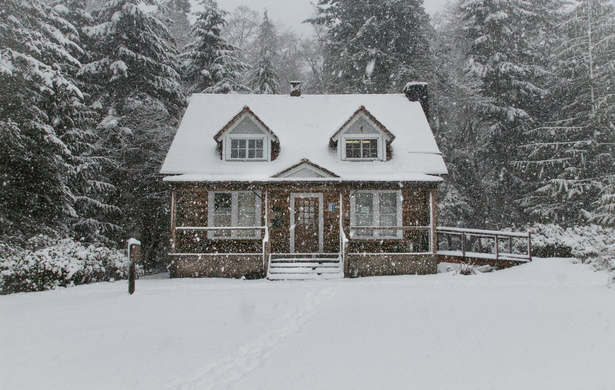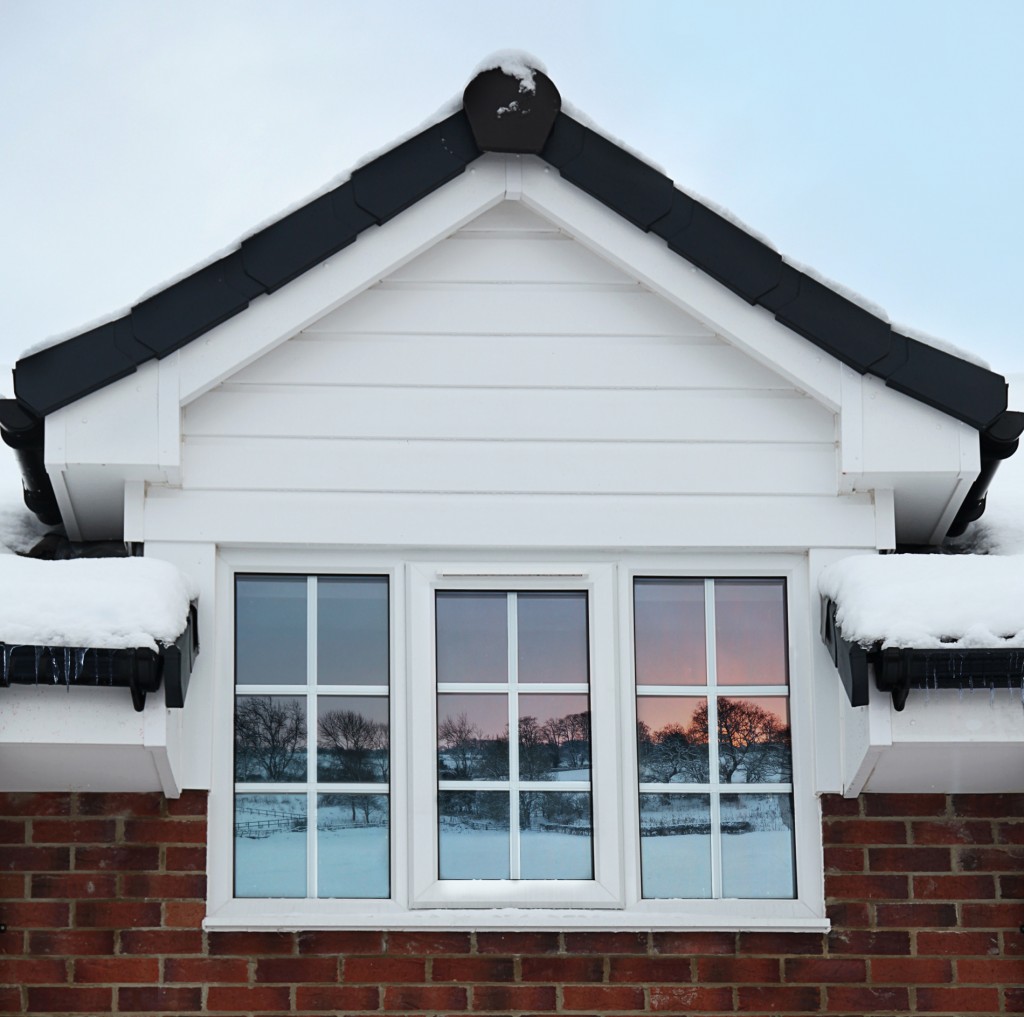Winter is fast approaching (and in full effect in some parts of the world), and it’s going to be blowing a good amount of snow in the Northern Hemisphere. But even though most families and co-workers are currently planning out their festive celebrations, the looming threat of COVID-19 is still a serious and pressing matter that most families will deal with during the winter season. In fact, public health officials and researchers would say that the threat of COVID-19 is bound to get even worse, especially for areas where the virus’s spread remains unchecked.
Theoretically, the virus first appeared in colder regions in China, which gives it a natural resistance to cold weather conditions. This means that the infection rate could easily spike for areas that are not well-prepared.

The Relation Between COVID-19 and Cold Weather
But even though the virus does have a natural resistance to a colder climate, the seasonal effect is minute. Most experts suggest that the main driving factor in the increase in infection rates is that people will be close to each other, especially when the cold climate will drive most people indoors.
However, most authorities would still reiterate to residents living in warmer areas of the Northern Hemisphere not to be complacent. Still, one of the most one most important measures of controlling the spread would be through social distancing and wearing the appropriate masks, even when you’re quite sure that the individual you are with doesn’t have COVID-19.
What Does the Data Say?
Certain studies and experiments done in labs have found that COVID-19 has a natural resistance to cold and dry environments that are not in direct contact with sunlight. There’s a direct correlation between the use of ultraviolet radiation with COVID-19 particles on a variety of surfaces as well as aerosols.
It’s also known that infectious viruses in nature will easily degrade when exposed to warmer surfaces and more humid environments. However, this is not always the case for all viruses, and some do have a natural resistance to more tropical weather conditions.
During the winter season, most people will heat most of their houses to around 20 degrees Celsius, which is just right below the recommended temperature of 40 degrees Celsius when it comes to killing viruses. If this is the case, people are still vulnerable to viruses, especially when the environment is “ripe” enough for transmission.
Ventilation and Air Circulation
Ventilation and air circulation should be your top priority when preparing for the winter season. This becomes even more important since most people will be interacting with each other indoors. Recent studies have shown that poor ventilation and being within an enclosed space can increase transmission likelihood.
Of course, let’s not forget that the winter season will see a significant drop in temperatures. Fortunately, most homes in areas with cold weather conditions are designed to retain a good amount of heat through insulation. However, this can be tricky when air shouldn’t be recirculated, and ventilation can “leak” out warm air. What’s a good solution to this? Well, having an efficient furnace and heating system can help solve any ventilation issues. Still, you might want to consider having a professional perform furnace installation.
UV Light and COVID-19
In another study that was published back in October, most countries that did not incorporate UV lighting to control infection rates had a rise in cases. Naturally, UV is directly related to sunlight, and it’s predicted that cases would dip during warmer seasons with a good amount of sunlight, such as summer. This further supports the notion that cases of COVID-19 would go up during winter.
There are various pieces of evidence that points out that COVID-19 will thrive in a cold and dry environment. Thus, there’s bound to be a rise in cases during the winter season, especially when most individuals will be huddled close to each other.
It’s important to note that information regarding the virus is constantly changing, and there’s still much more that needs to be known about it. Even after months, people do not have a complete grasp of what it can do. Although confidence in fighting the virus is slowly gaining traction, especially now that a vaccine is slowly being introduced to the public, this doesn’t mean that residential areas should start easing lockdowns and restrictions. After all, safety should always be the priority, and prevention is better than contracting something that might cause permanent damage to your body. It’s better to continue taking precautions than risk being infected.

